
Superheated Race For Hypersonic Supremacy
Hypersonic weapons have spawned a crucial arms race, with the US, China and Russia all striving for supremacy in an armament that could decide who wins and loses a future great power conflict.
Unlike traditional missiles that fly in a predictable ballistic arc that makes interception at least conceptually possible, hypersonics travel at up to five times the speed of sound and feature terminal maneuvering capabilities, making them nearly impossible to stop with current air and missile defense technology.
The US, China and Russia are at the forefront of this emerging weapons technology, with their hypersonic weapons programs aiming to address different strategic and operational requirements.
As pioneers of hypersonic technology, their actions may also set precedents for how the international community addresses the emergence of these potentially game-changing weapons.
China's 'Sputnik moment' hypersonicsChina's hypersonic weapons program drew international attention in October 2021 when the Financial Times (FT) reported that it had tested a nuclear-capable hypersonic missile in August that circled the globe before hitting its target, demonstrating an advanced weapon that reportedly caught US intelligence services by surprise.
Mark Milley, chairman of the US Joint Chiefs of Staff, described the test as a“Sputnik moment,” as US military scientists apparently did not understand how the feat was accomplished, the FT stated .
The same report says that China's test involved an orbital bombardment system, which follows a lower trajectory than ballistic missiles, making it harder to intercept. It can fly over the North or South Poles, with most US missile defenses positioned to defend against attacks from the North Pole.
While the test rang alarm bells in Washington, China had tested hypersonic weapons for some time before last August's“Sputnik moment” blast. In November 2017, The Diplomat reported that China tested its DF-17 medium-range hypersonic missile, a weapon with a range of 1,800 and 2,500 kilometers capable of delivering nuclear or conventional payloads that may be configured to launch a maneuverable reentry vehicle instead of a DF-ZF hypersonic glide vehicle (HGV) as its payload.
The DF-ZF HGV has an assessed range of 1,800 to 2,500 kilometers and can achieve speeds of Mach 5 to 10 with a high degree of accuracy and maneuverability, with the possibility of being fitted on DF-21 and DF-26 ballistic missiles, as reported by the Georgetown Journal of International Affairs.
Missile Threat notes that the appearance of the DF-17 during China's October 2019 military parade indicated that the hypersonic weapon may have already entered service in the Chinese military.
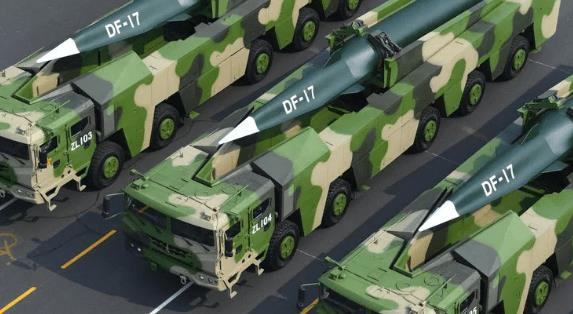
With a range of potentially a thousand miles or more, the DF-17 could threaten US forces and their allies across the Western Pacific. Photo: Xinhua
To be sure, China's hypersonic weapons program aims to shift the regional and global strategic balance of power in its favor. At the regional level, China's hypersonic weapons strategy is aimed at deterring its adversaries in the Western Pacific from interfering with its actions, especially in a Taiwan invasion scenario, notes Ralph Bentley from the US Air University.
Bentley mentions that hypersonic weapons' strategic effect lies in their ability to hit ships and bases across the region unopposed and with minimal adversary reaction time. He says China would use its hypersonics as intimidation weapons rather than risk an all-out confrontation with the US and its regional allies.
China's hypersonics can shift the global balance of power in three ways, the Atlantic Council think tank noted in a 2020 report.
First, China's hypersonics may be a perfect weapon for fait accompli attacks to undermine the logic of extended deterrence that has long-underpinned US alliances. These weapons' very short flight time and the near-impossible task of intercepting them with current air and missile defenses can potentially undermine US security guarantees and credibility to its allies, including not least Japan.
Second, these weapons may force the US to rethink its force posture, leaving its allies vulnerable to attack. For example, China may use hypersonics for decapitation strikes against a target nation's leadership, hampering efforts to mount a counterstrike. Hypersonics can also force the US to deploy its forces more dispersedly, making them vulnerable to swarm attacks or hardening their defenses, compromising speed and maneuverability.
China's hypersonics may also compel the US to rethink its global basing strategy, forcing Washington to move its key capabilities and forward bases farther from the range of these weapons, which opens the possibility of lengthening US response times and risking operational secrecy under the threat of operating under the unacceptable risk of a hypersonic attack.
Third, China's hypersonics can be redirected in mid-flight at any time. Their maneuver capabilities mean that their flight paths cannot be discerned, which may result in the rapid escalation of any bilateral confrontation. This strategic uncertainty can induce states to coordinate defensive measures with their neighbors in anticipation of a hypersonic attack, creating more regional or global security blocs.
Russia expanding its nuclear optionsIn a fiery March 2018 address , Russian President Vladimir Putin unveiled six“superweapons” types that can carry nuclear or conventional warheads.
Specifically, these weapons are the Kinzhal air-launched ballistic missile, the Avangard hypersonic glide vehicle, the Burevestnik nuclear-powered cruise missile, the Poseidon nuclear-armed underwater drone and the Tsirkon hypersonic cruise missile.
Sanaa Alvira from the Middlebury Institute of International Studies of Monterey notes all of these weapons can be either nuclear or conventionally-armed. She also mentions that offensive weapons such as the Avangard and Burevestnik are designed specifically to defeat US missile defense systems.
At the same time, the Kinzhal and Tsirkon appear to be developed to match US precision-strike capabilities. She also notes that Poseidon was first designed to dissuade the US from further developing its missile defense systems. However, it has since evolved into a multipurpose system against ships and submarines.
Roger McDermott, a defense analyst with the Jamestown Foundation, notes that Russia's conventional hypersonic weapons are a vital asset in its“active defense” strategy, as stated in its 2014 Military Doctrine.
Valery Gerasimov, Chief of the Russian Armed Forces General Staff, describes active defense as involving pre-emptive actions, identifying vulnerabilities and creating threats of unacceptable damage to capture and retain the strategic initiative. He also stressed the importance of developing nuclear and non-nuclear forms of deterrence as part of Russia's military strategy.
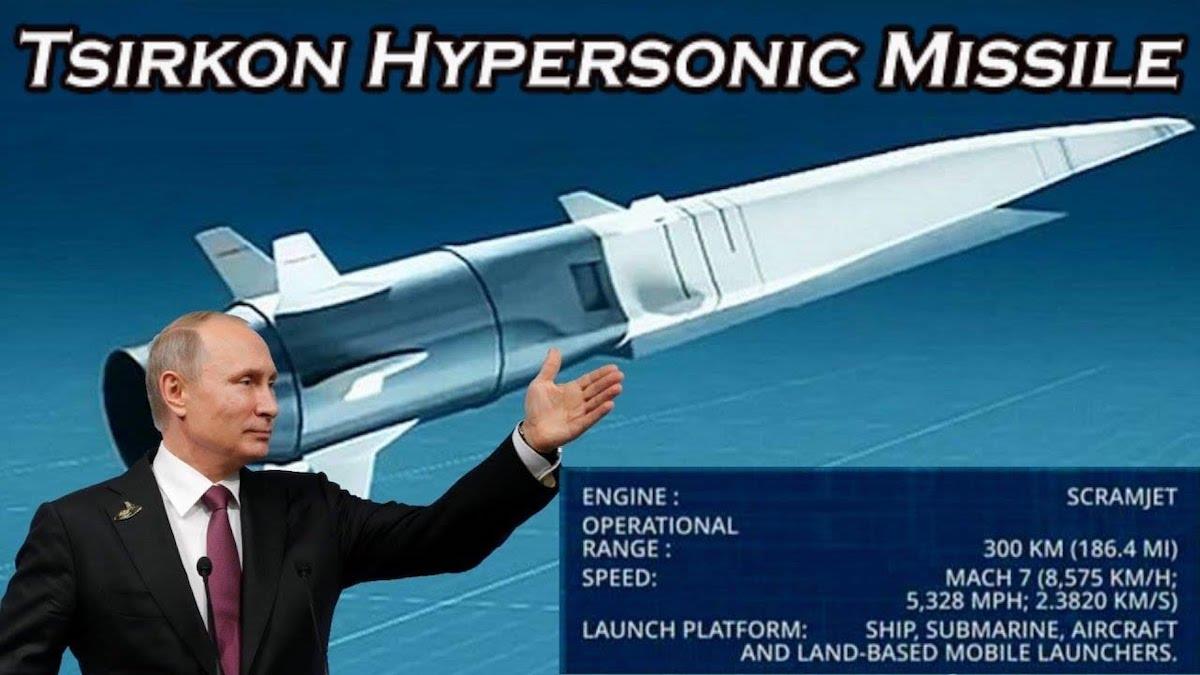
Vladimir Putin is leveraging his hypersonic weapons to make new nuclear threats. Image: Twitter
In fitting hypersonic weapons into Russia's active defense strategy, McDermott mentions that Russia's conventional hypersonics may add to its standoff strike capability to evade air defenses or implement non-nuclear deterrence by threatening to inflict unacceptable damage to command centers and enemy missile platforms.
A 2021 Atlantic Council report notes Russia's multifaceted motivations in developing its hypersonic weapons and other types of superweapons.
First, Russia's hypersonics aim to ensure its nuclear deterrent's survivability, as it believes that the US nuclear arsenal and missile defenses are designed to undermine its second-strike capabilities. In addition, hypersonics are not yet covered by any international arms control agreements, which allows Russia to build a capable nuclear deterrent without the constraints of present arms control agreements.
Second, Russia may use its hypersonic weapons to raise nuclear fears with the West, which it has done in the war in Ukraine. Alarmist reporting about Russia's hypersonics and superweapons has raised the specter of a nuclear standoff, which Moscow clearly believes will make the US less willing to escalate any direct or proxy conflict with Russia.
Third, Russia could use its hypersonics and other superweapons to signal a nuclear threat to the West and US. For example, Russia could send its Burevestnik nuclear-powered cruise missile to fly over Western targets and back, or position Poseidon nuclear-armed underwater drones near Western and US coastal targets. Such a deployment can increase uncertainty and nuclear escalation risk.
Fourth, Russia's hypersonics could help deter US hybrid threats holding the latter's mainland at risk. The calculus is that threatening to hit the US mainland can potentially prevent US attempts to interfere with Russia's internal politics. This motivation is rooted in Russian fears of US-backed regime change efforts, despite the US not apparently having any specific plan or program in this regard.
Fifth, Russia may use its hypersonics and superweapons in a decapitation strike against the US. Hypersonics, maneuverable cruise missiles and nuclear-armed underwater drones may strike the US leadership and command and control systems with little warning. While this is an extreme scenario, Russia has developed contingency plans for full-scale nuclear war with the US and NATO.
US as a hypersonic laggardUS hypersonic research efforts date back to the 1960s . Yet recently its hypersonic weapons program has been struck with a string of highly-publicized failures leading to concerns that the country is losing its former edge against near-peer competitors China and Russia.
Current US interest in hypersonic weapons may be traced to the Prompt Global Strike program that was conceptualized during the George W Bush administration.
The concept calls for US capability to deliver conventional strikes anywhere in the world in approximately an hour, as described by the Institute for National Strategic Studies. Hypersonic weapons are well suited for this mission, as the 2007 Prompt Global Strike plan calls for using hypersonic glide weapons to implement the concept.
Currently, the US is developing the AGM-183 Air-launched Rapid Response Weapon (ARRW) for the Air Force, the Long-Range Hypersonic Weapon (LRHW) for the Army, and the Conventional Prompt Strike (CPS) missile for the Navy.
Notably, the LRHW and CPS weapons are designed around a Common Hypersonic Glide Body (CHGB), which the US Department of Defense says will comprise these weapons' conventional warhead, guidance systems, cabling and protective shield.
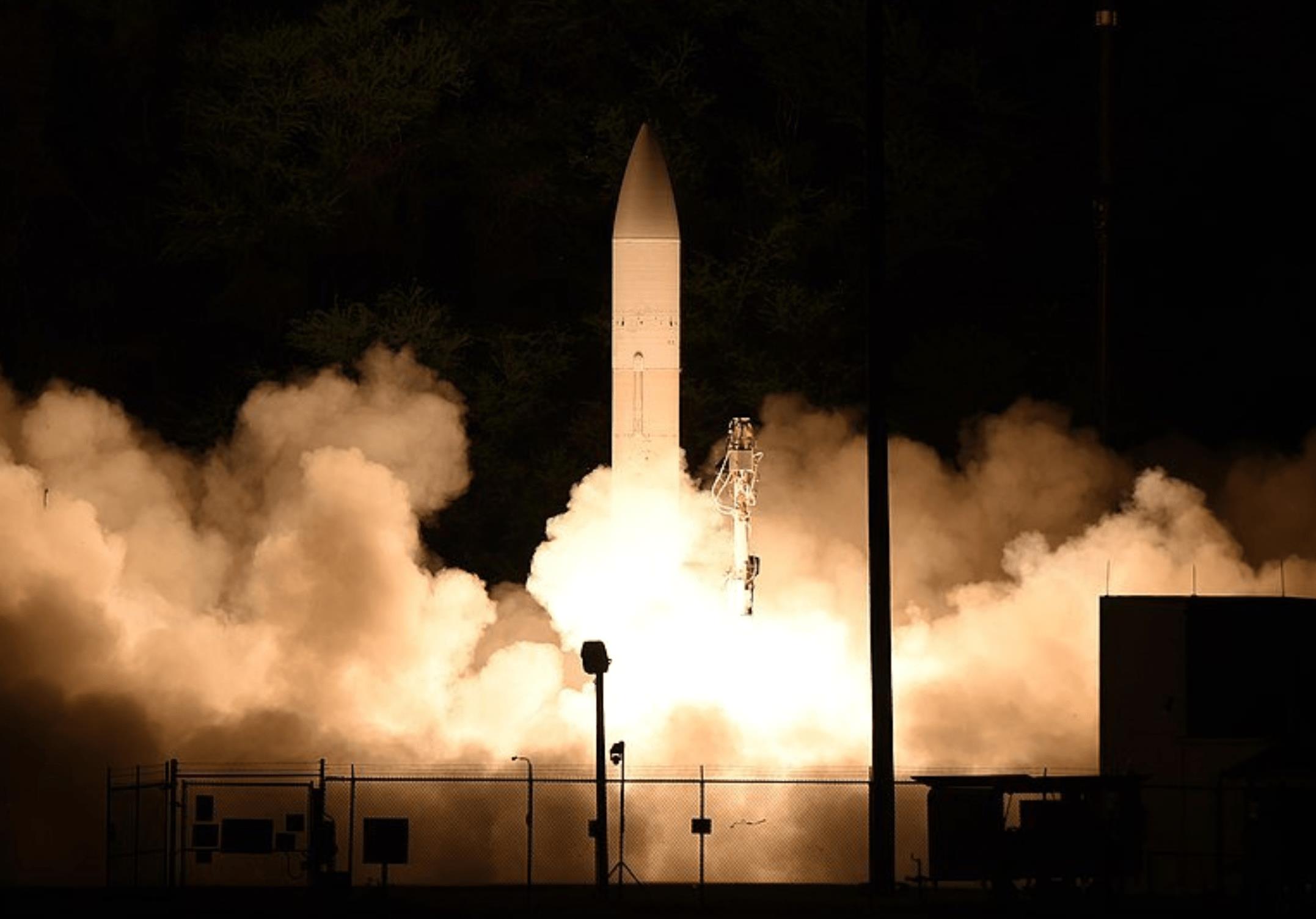
The LRHW is designed be able to travel at speeds of over 1.7 kilometers per second, or 3,800 miles per hour, dodge above the atmosphere and hit targets anywhere in the world within minutes. Credit: Lockheed Martin
Yet the US does not seem to have a doctrine or strategy for its hypersonic weapons. A 2021 Congressional Research Service (CRS) report asks pointed questions about what missions would hypersonics potentially be used, how cost-effective would they be for such tasks and how could they be incorporated into current joint operational doctrine and concepts.
The CRS report also asks about the strategic implications of hypersonic weapons. By implication, the US is still in the process of determining the impact of hypersonic weapons on its doctrine and operations.
However, the CRS report also notes that since most US hypersonic weapons are not armed with nuclear warheads, they require greater accuracy and will be more challenging to develop than Chinese or Russian weapons. Thus, the report suggests US hypersonics will have a more tactical role than those of China and Russia.
Long-term hypersonic trendsThe great power race to develop hypersonics may ultimately trigger three long-term and crucial trends.
First, the proliferation of hypersonics may lead to a full-blown arms race while simultaneously accelerating the development of asymmetric countermeasures. On the one hand, the proliferation of hypersonics may cast doubt on the capabilities of existing missile defense systems and the survivability of second-strike capabilities at the strategic level.
On the other hand, this may spur the development of asymmetric technologies to blunt any advantage hypersonics offer such as stealth technology to conceal targets, directed-energy weapons to shoot down in-flight hypersonics, or capabilities that go for vulnerable hypersonic kill chains to prevent a successful launch such as cyberwarfare, electronic warfare and anti-satellite warfare capabilities.
By implication, global strategic stability will rely on technological advances in hypersonics and countermeasures.
Second, future arms control agreements may seek to impose restrictions on hypersonics. These agreements may range from an outright ban on hypersonics, restrictions on who may own them, limitations on their range and other capabilities, or a cap on the number of hypersonic weapons states are allowed to possess.
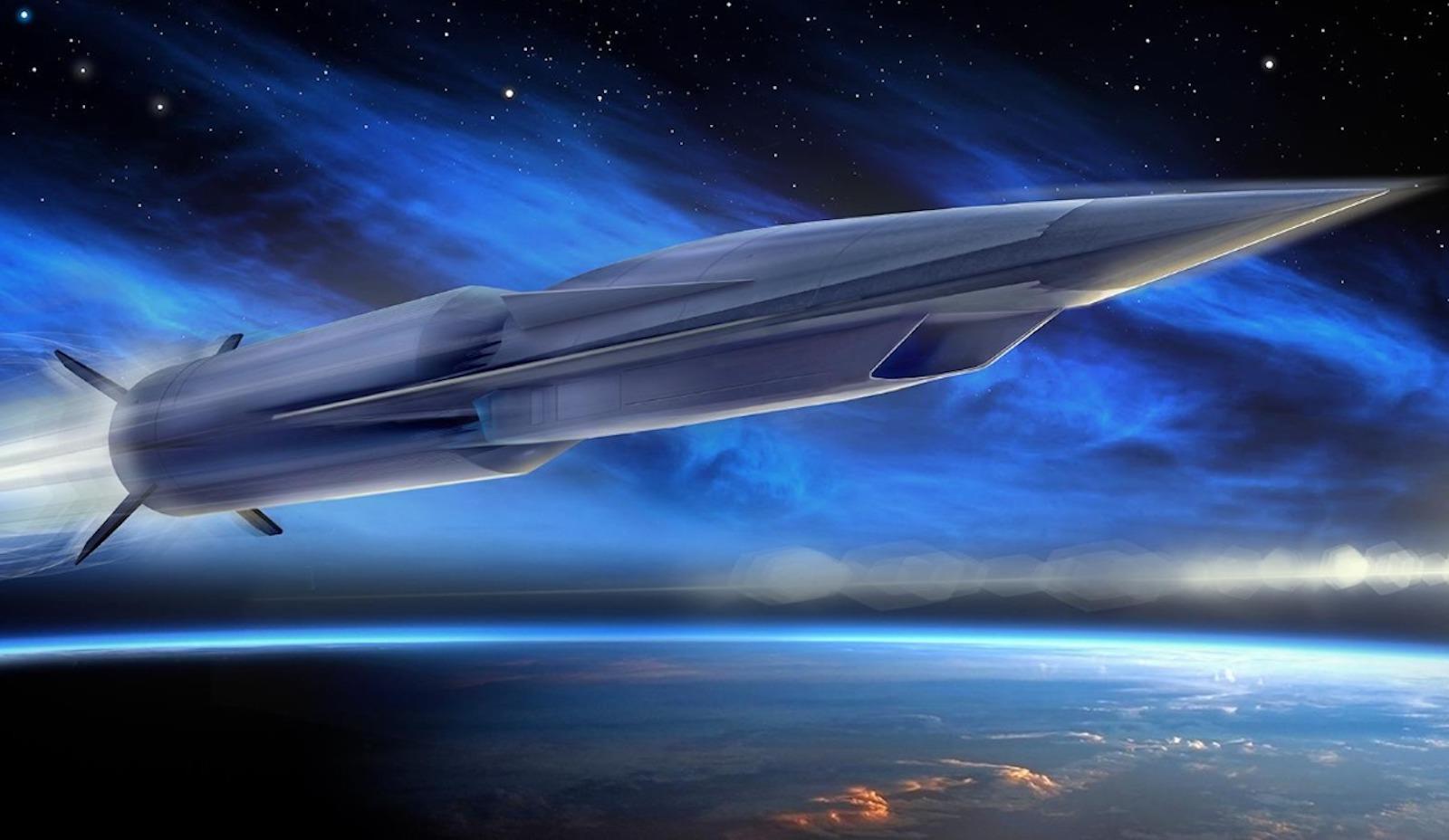
An artist's rendering of a hypersonic weapon in flight. Image: Twitter
However, getting major military powers to agree on restrictions on any capability that affords them a significant advantage against near-peer adversaries is and will be a hard sell, especially since hypersonics have a strategic-level impact on the highest levels of national security.
Third, states may view hypersonics as a must-have prestige weapon to shape the perceptions of their adversaries and international audiences. For many reasons, maintaining a perception of power is essential for states such as North Korea, Iran, India and Pakistan.
These may include demonstrating state capabilities and cohesion to mobilize resources to pursue such costly weapons, thus projecting an image of self-sufficiency and defiance in the face of external sanctions, maintaining credible deterrence against potential adversaries and showcasing national techno-scientific prowess on the international stage.

Legal Disclaimer:
MENAFN provides the
information “as is” without warranty of any kind. We do not accept
any responsibility or liability for the accuracy, content, images,
videos, licenses, completeness, legality, or reliability of the information
contained in this article. If you have any complaints or copyright
issues related to this article, kindly contact the provider above.

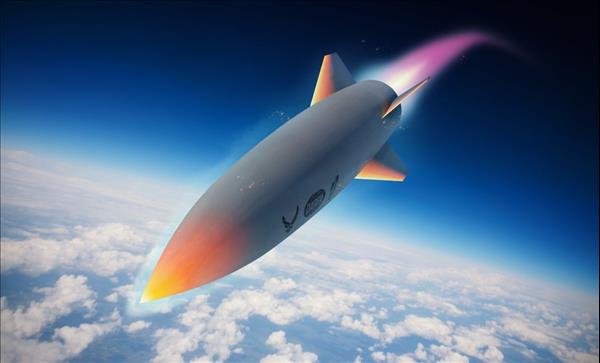















Comments
No comment